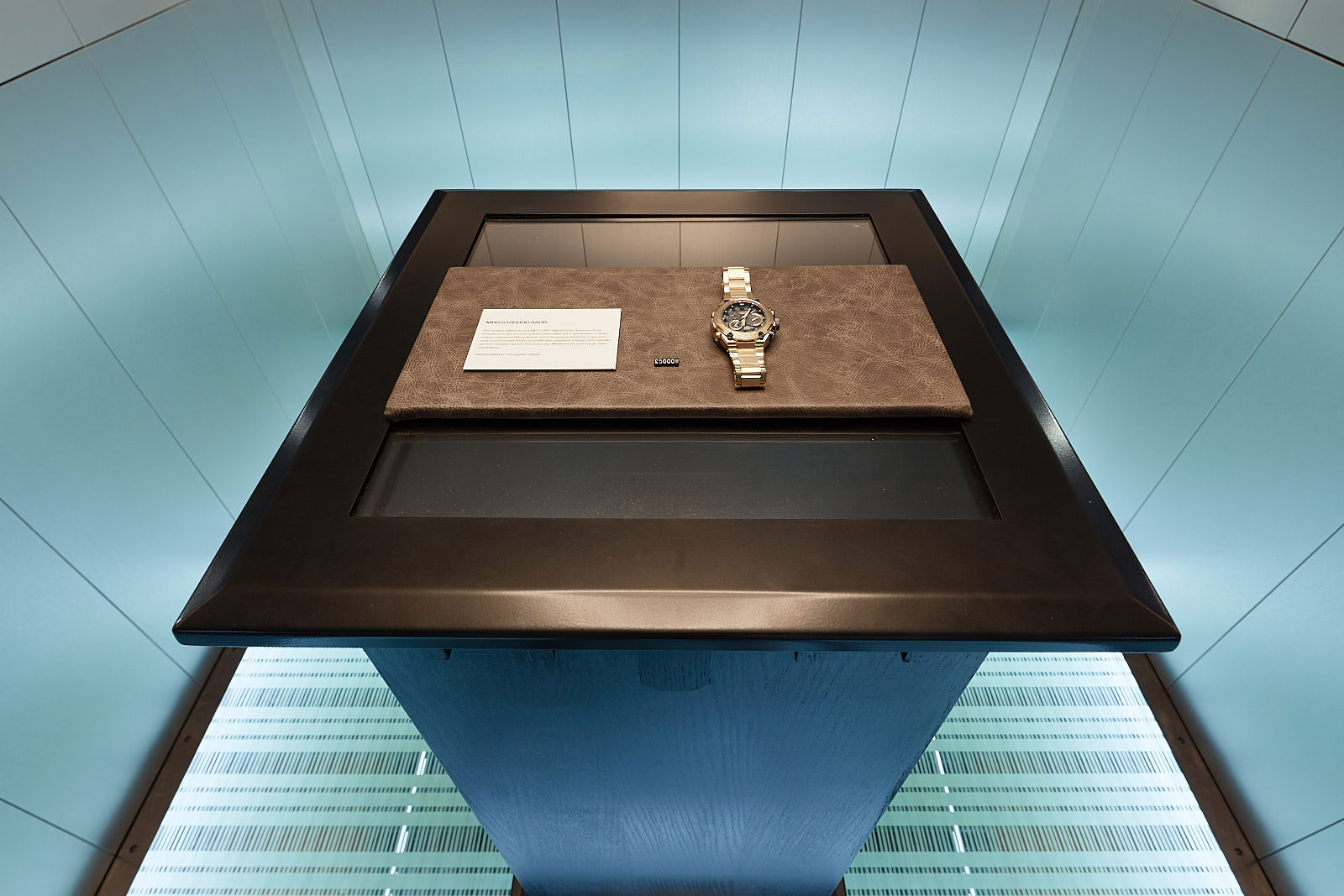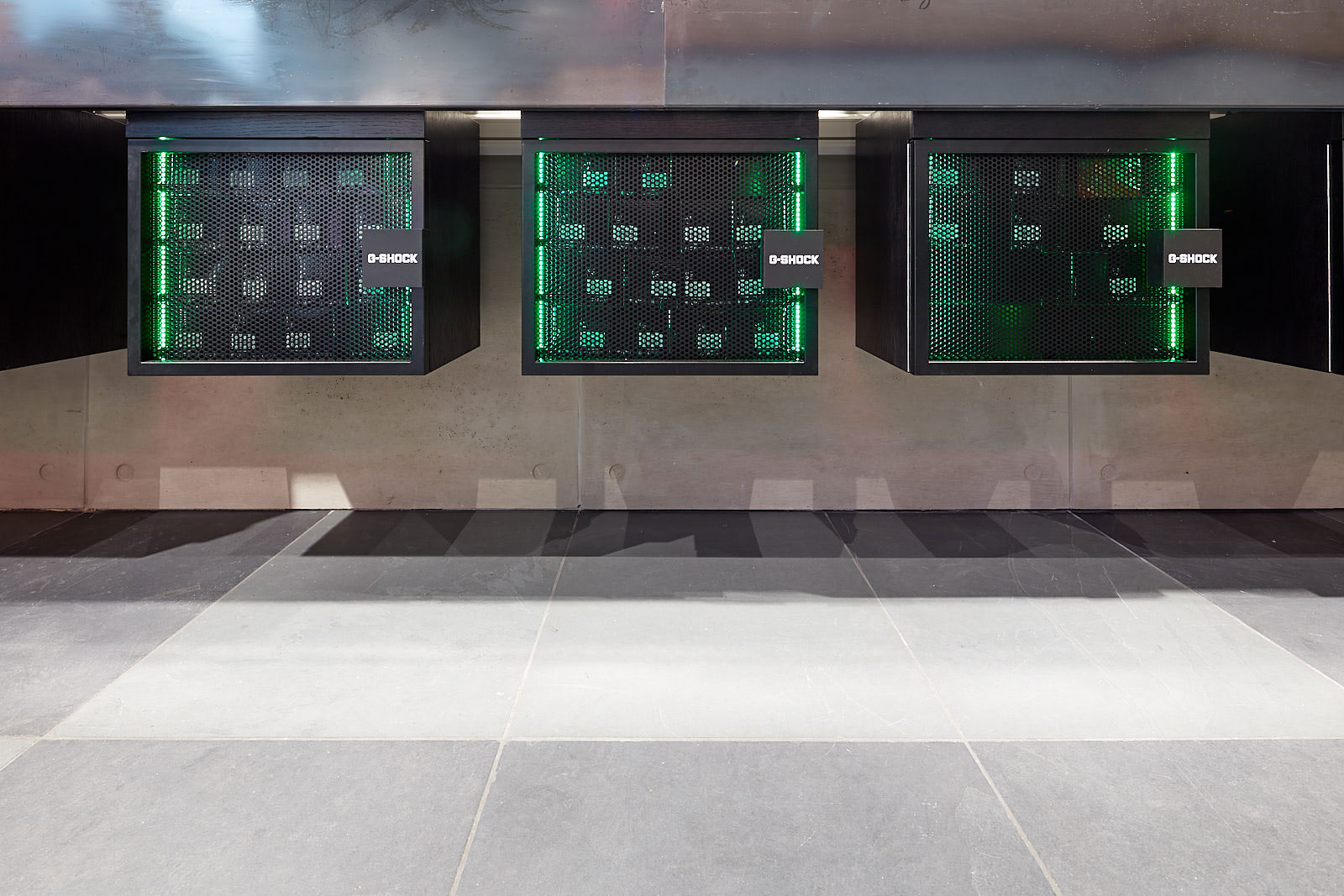 https://doubleretail.com/wp-content/uploads/KNOWLEDGE/kelly-sikkema-giijfNulwxk-unsplash.jpg
3712
5568
Double Retail
https://doubleretail.com/wp-content/uploads/common/double-retail-menu-logo-01.png
Double Retail2019-10-16 10:21:442022-02-03 14:21:49Back to Work Without a Bump
https://doubleretail.com/wp-content/uploads/KNOWLEDGE/kelly-sikkema-giijfNulwxk-unsplash.jpg
3712
5568
Double Retail
https://doubleretail.com/wp-content/uploads/common/double-retail-menu-logo-01.png
Double Retail2019-10-16 10:21:442022-02-03 14:21:49Back to Work Without a BumpRecently as part of an interview, I was asked what retail may look like by 2025. Whilst I understood that this question shouldn’t be taken literally, I believe it is clear to see that retail is pushing forward into the realm of being experience-led. Brands know that their brick and mortar stores are becoming showrooms to try-on or try-out products, and as such, they are having to push harder to create experiences and connections with their customers.
So how can brands do that? I believe that designing your brand values into your store is key. And I don’t mean writing your values on the wall or showing them as part of a digital message. If you need to spell out your values to your customer at retail, then they’re probably not clear enough. I’m talking about design that communicates without the need for explanation – Spaces and environments that are crystal clear in their messaging.
In my opinion, successful introduction of brand messaging is directly related to your material palette. The materials used in a store design have to be clearly linked to the values of the brand. For example, when the team and I at Double, designed the G-Shock store to embody toughness, we sourced two-inch-thick Brazilian slate for the floors and counter, concrete paneling for the wall surfaces and cold rolled steel for the bars. All these materials, as the sum of their parts, shouted toughness – we didn’t need to say it directly anywhere, it’s abundantly clear stepping into that environment that this is at the core of the brand.
Conversely, the outdoor market (as a whole) is somewhere that appears to be suffering an epidemic of clichés, cookie-cutter design and a lack of authenticity. Littering your store with fake trees, artificial box hedging and walls or interior windows with printed vistas doesn’t fool anyone. These elements don’t make the customer feel that they are outdoors, nor do they place products in context, and I’d argue that they could easily be considered patronising or condescending.
North Face, Flagship Store, New York.
An example of a store that’s bucked this trend and pushed a new direction for outdoor is The North Face flagship store on 5th Avenue by Set Creative. Their paired back approach, that eschews the usual stereotypical elements in favour of a fresh white open-plan space with blue tinted glazing implies a glacial freshness, treating the outdoor as a metaphor rather than the usual “bring the outdoors in” approach. This store also benefits from having a set of listed Harry Bertoia sculptures within the space that, by coincidence, give a great impression of the textures and forms of the wilderness – another nod to treating the customer with respect and allowing them to form their own vision of context.
To enforce this point, Andrew Stanton of Pixar gave a great TED talk in 2012 about the art of story-telling. He suggested that the art of telling great stories was to “make the audience work for their meal” by which he meant, tell them just enough information and allow them to fill in the blanks. I believe this is relevant in designing stores that embody brand values. We shouldn’t be designing in all the obvious cues that are relevant to that market, we should be using material and form as a metaphor for what is relevant and allowing customers to bring their own perceptions and experiences to forge stronger connections with a brand.
I’d encourage anybody in retail design to take a look at their current projects and evaluate whether their design embodies brand values and whether the customer will be able to bring some of themselves to the environment to connect more deeply. With retail constantly evolving and looking for new ways to stay relevant, the connection with the customer is key, and that’s why brand values exist – so let’s treat them with authenticity and use them to their best advantage.



